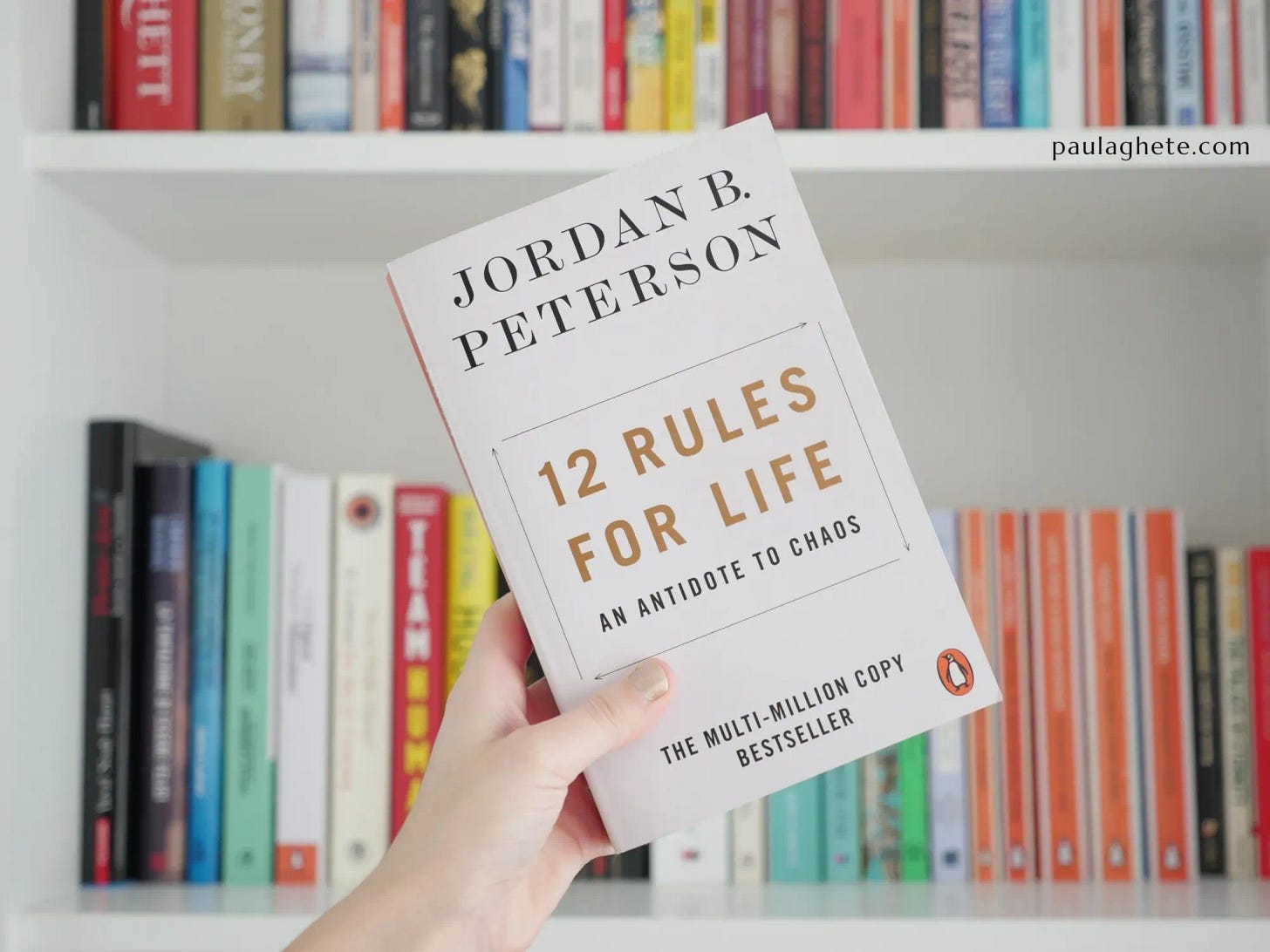Issue 50: Don't skip designing it
A practical guide to design tokens for beginners; A short history of geometric composition; How and why to organize options in Figma in a cascading way and so much more!

Hello, dear readers! 👋
In this issue, among other things:
How the designers of movie screensavers are struggling for the viewer's attention
A practical guide to design tokens for beginners
Detailed research on the benefits of visual image sorting
How and why to organize options in Figma in a cascading way
How the neural network decoder of thoughts works
Generative computer art of the 50s and 60s
A short lesson on creating micro-animations in Figma
A large flexible design system for SaaS projects
A short history of geometric composition
Quotes from "12 Rules of Life: An Antidote to Chaos" book by Jordan Peterson
Enjoy reading!
📌 This is worth noting
A short history of geometric composition
History of the development of composition in design. From it you might learn how and why the principles of the layout that designers use now appeared, and what they are conditioned by.
A short history of geometric composition - Programming Design Systems
📚 Book quotes
This week I suggest you another book by Jordan Peterson's "12 Rules of Life: An Antidote to Chaos" Review the quotes and decide whether to read or not:
To stand up straight with your shoulders back is to accept the terrible responsibility of life, with eyes wide open. It means deciding to voluntarily transform the chaos of potential into the realities of habitable order. It means adopting the burden of self-conscious vulnerability, and accepting the end of the unconscious paradise of childhood, where finitude and mortality are only dimly comprehended. It means willingly undertaking the sacrifices necessary to generate a productive and meaningful reality (it means acting to please God, in the ancient language).
You can only find out what you actually believe (rather than what you think you believe) by watching how you act. You simply don’t know what you believe, before that. You are too complex to understand yourself.
And if you think tough men are dangerous, wait until you see what weak men are capable of.
It took untold generations to get you where you are. A little gratitude might be in order. If you're going to insist on bending the world to your way, you better have your reasons.
No tree can grow to Heaven,” adds the ever-terrifying Carl Gustav Jung, psychoanalyst extraordinaire, “unless its roots reach down to Hell.
Intolerance of others’ views (no matter how ignorant or incoherent they may be) is not simply wrong; in a world where there is no right or wrong, it is worse: it is a sign you are embarrassingly unsophisticated or, possibly, dangerous.
Don’t underestimate the power of vision and direction. These are irresistible forces, able to transform what might appear to be unconquerable obstacles into traversable pathways and expanding opportunities. Strengthen the individual. Start with yourself. Take care with yourself. Define who you are. Refine your personality. Choose your destination and articulate your Being. As the great nineteenth-century German philosopher Friedrich Nietzsche so brilliantly noted, “He whose life has a why can bear almost any how.
Perhaps you are overvaluing what you don’t have and undervaluing what you do.
So, attend carefully to your posture. Quit drooping and hunching around. Speak your mind. Put your desires forward, as if you had a right to them—at least the same right as others. Walk tall and gaze forthrightly ahead. Dare to be dangerous. Encourage the serotonin to flow plentifully through the neural pathways desperate for its calming influence.
You must determine where you are going in your life, because you cannot get there unless you move in that direction. Random wandering will not move you forward. It will instead disappoint and frustrate you and make you anxious and unhappy and hard to get along with (and then resentful, and then vengeful, and then worse).
Ideologies are substitutes for true knowledge, and ideologues are always dangerous when they come to power, because a simple-minded I-know-it-all approach is no match for the complexity of existence.
In the West, we have been withdrawing from our tradition-, religion- and even nation-centred cultures, partly to decrease the danger of group conflict. But we are increasingly falling prey to the desperation of meaninglessness, and that is no improvement at all.
The better ambitions have to do with the development of character and ability, rather than status and power. Status you can lose. You carry character with you wherever you go, and it allows you to prevail against adversity.
Every bit of learning is a little death. Every bit of new information challenges a previous conception, forcing it to dissolve into chaos before it can be reborn as something better. Sometimes such deaths virtually destroy us.
Jordan Peterson | 12 Rules For Life
🗞 News and articles
Kai Bartel, together with the visual computing group at HTW Berlin, conducted a detailed study and proved that it is easier for people to find the right image among others when the pictures are sorted by visual similarity. Such sorting can be useful when searching for images in photo archives or products in online stores.
For the research, he used several well-known types of visual sorting, as well as his own method. He conducted an experiment in which more than 2,000 people took part. Each participant was asked to evaluate the types of sorting according to the convenience of perception, and then asked to find a specific image as quickly as possible among others.
The results of the study:
People find the right image much faster if the pictures are sorted
Users are most likely to search for images in those sorts that were given a high rating at the first stage of the study
High local similarity of neighboring images is more important than global similarity of all images
The LAS and FLAS sorting methods proposed by Kai proved to be effective
The DPQ sorting quality assessment method proposed by Kai turned out to be more effective than other methods
Design Tokens: Beginners Guide
Nitish Khagwal has prepared a practical guide on design tokens for beginners. He explained what design tokens are, that they can be used to document what their role is in the design system and how they ensure its flexibility, how semantic and specific tokens differ from global ones and about other subtleties.
Design Tokens: Beginner’s Guide
Cascading Components: a different way to organize Figma variants
Bruno Carneiro shared a cascading way of organizing components in Figma, which requires fewer "options", and also simplifies their organization and updating.
As an example, he used the button component, in which he managed to reduce the number of options from 54 to 14 without losing functionality.
Cascading Components: a different way to organize Figma variants
Don’t Skip It: Designing a Title Sequence in the Age of AI
Chris Sharp spoke about the artistic value of screensavers for movies and TV series and how designers are struggling for the user's attention in the era of streaming and skip buttons.
He also talks about how AI in conjunction with analytics can affect this industry. For example, services can use user data as promt prompts and generate unique screensavers using Runway-like models.
Don’t Skip It: Designing a Title Sequence in the Age of AI
🧘 Inspiration
Branding
A modern rebranding of the Meridian hair care trimmer manufacturer. As the main graphic code, the authors used the teeth of the blades, which are found in animations, graphics, and even in the font.
Keep reading with a 7-day free trial
Subscribe to bezier.design to keep reading this post and get 7 days of free access to the full post archives.








